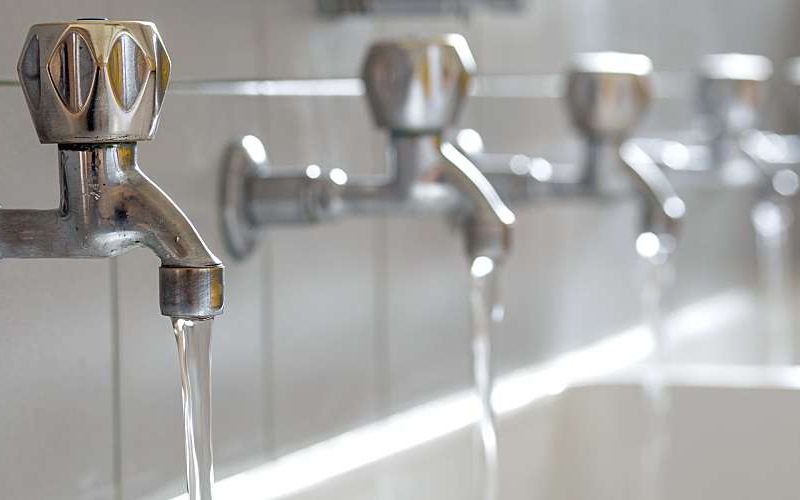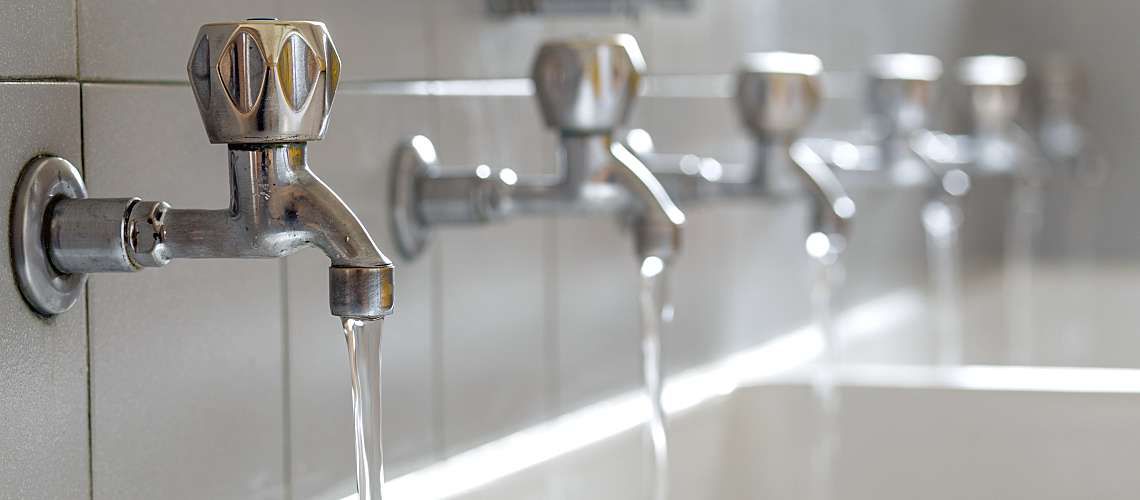Key Legionella Regulation Takeaways From the 2019 ASDWA Guide


Legionnaires' disease continues to pose a health risk to communities. According to the Centers for Disease Control and Prevention (CDC), the number of Legionnaires' cases has risen by five and a half times since 2000 in the United States alone. Preventing and treating this sometimes fatal disease is crucial, but getting the proper protocols in place to do so has been challenging.
While building water systems pose the biggest risk of harboring Legionella pneumophila bacteria, no current regulation provides a primary drinking water standard for Legionella. The Safe Drinking Water Act does provide a mechanism for states to regulate public water systems, but it doesn't expressly apply to building water systems.
To address this gray area, the Association of State Drinking Water Administrators (ASDWA) released a new guide: State Approaches to Building Water System Regulation. The purpose of ASDWA's guidance is:
- To summarize existing federal guidance around Legionella control.
- To share examples of how different states have taken action to protect public health.
- To provide key decision-making parameters to help state agencies take action where federal requirements don't exist.
Here's a look at key highlights from the new guidance, including how different states regulate building water systems and how supplemental disinfection could affect a building's regulatory status.
What's Considered a Public Water System?
According to the Environmental Protection Agency (EPA), a public water system (PWS) is classified as any entity — private or public — that provides water for consumption to at least 25 people for a minimum of 60 days or provides water to at least 15 service connections. When a building water system meets these criteria, it becomes subject to PWS regulations.
One key determining factor is whether or not the system involves treatment for Legionella control, which typically makes it a public water system under EPA regulations. Regulators tend to focus on chemical treatment, which may trigger regulatory oversight in regard to monitoring public exposure to products and byproducts used for treatment and disinfection.
Since this could place an undue compliance burden on businesses, federal regulations give states the latitude to consider these smaller systems and utility providers as a single unit, in turn, eliminating the need for monitoring requirements at those companies. As the new ASDWA guidance explains, this flexibility results in considerable variation in how states regulate building water systems.
How Certain States Regulate Legionella in Building Water Systems
With no primary drinking water standard in place for Legionella, it's up to the individual states to determine how to — and if they should — regulate building water systems. The new ASDWA guidelines highlight three case studies from New York, Florida, and Pennsylvania.
New York's regulations focus on controlling Legionella in hospitals and residential health care centers. Under state law, these facilities must:
- Conduct an environmental assessment.
- Monitor a minimum of 10 samples in potable hot water systems for Legionella.
- Implement a management plan and control measures for instances where 30% or more of its collected samples contain Legionella.
- Maintain their sampling plan, management plan, and sampling results on-site for at least three years, and make this information available upon request.
In Florida, regulators have focused on amending requirements to remove disincentives for supplemental disinfection treatment. This effort includes:
- Eliminating requirements around PWS capacity development.
- Not requiring operating reports.
- Reducing required staffing levels and limiting required PWS operating fees.
- Only requiring compliance monitoring for applicable disinfectants and disinfection byproducts.
The guidance models Pennsylvania as a state with more tightly regulated building water systems, highlighting how it requires systems using chemical treatments to meet a primary maximum contaminant limit (MCL) — just as a PWS must. These requirements cover areas such as permitting and approving treatment technologies used in building water systems and implementing a water management plan (WMP) where treatment is used in response to a Legionella outbreak.
In Lieu of Primary Regulations, How Should Facility Managers and WMP Teams Proceed?
These case studies highlight, on a state-by-state basis, the complexities of regulating building water systems. They also shed light on how adding supplemental disinfection can change how a facility is treated under the law. As such, WMP teams should reach out to their local drinking water utility or the state drinking water administrator's office for guidance when considering adding supplemental disinfection to reduce instances of Legionella in their systems.
It's also worth considering methods to reduce Legionella risk that don't require supplemental disinfection, such as:
- Eliminating dead legs in the building water system by physically removing them.
- Keeping cold water cold and hot water hot to discourage bacterial growth.
- Keeping water moving through the building by using appropriately sized pipes.
- Flushing unused or low-use areas of the water system on a consistent basis.
Curbing the occurrence of Legionella is crucial to preserving public health. To create a comprehensive WMP, building managers can call on resources like the CDC's Legionella toolkit. For hospitals and nursing facilities, consider water management procedure guidelines set forth by the Centers for Medicare & Medicaid Services.






